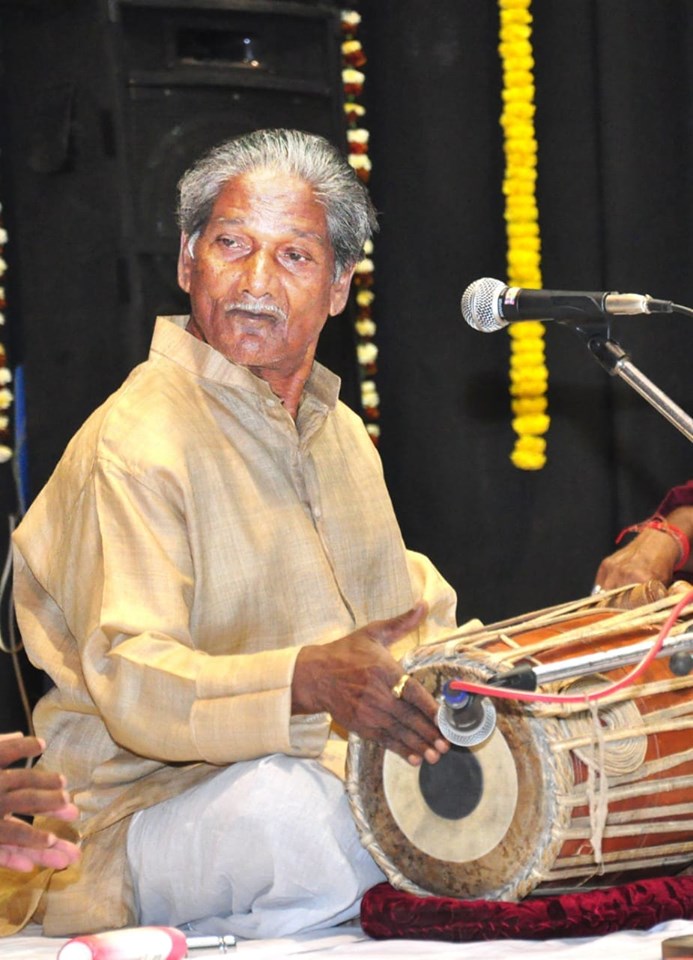Having been recognised with Guru Kelucharan Mohapatra Award recently, Tabla maestro Harmohan Khuntia will be conferred with Debaprasad Sanman Monday for his immense contribution to music. In a freewheeling chat with Chaitali Shome of Orissa POST, the A-Grade AIR artiste opens up about his passion, preferences and future plans. Excerpts:
Describe your feelings on being shortlisted for the fourth Debaprasad Sanman.
I am amazed at the amount of love people show for me. This award will definitely make me more responsible towards my art. It’s just a pat on the back to carry on with my journey in Odissi music.
What inspired you to embark on an artistic journey?
I belong to a family of musicians. Both my father and elder brother were Pala artistes (folk art) and Mrudanga players. I began following them at a very early age (10). I used to accompany a Pala group in my village. Due to financial difficulties however, I came to Cuttack with my father for studies. He asked me to pursue music.

Who was your first Guru?
Jaladhar Swain heard my music and assured my father that I can be polished into a talented artiste. Hence, he adopted me as his foster son at the age of 12. He helped me to learn Tabla and Odissi music. I lived with him for the next 10 years. At this time, I was enchanted by the musical talent offered by Kolkata. At the age of 22, I left for Kolkata to meet my Guru and devotee of Lord Jagannath Gyan Prakash Ghosh. I stayed with him and learnt Tabla and Hindustani classical music. Singhari Shyama Sundar Kar of Sangeet Mahavidyalaya taught me Pakhwaj as well as Odissi classical music. I had the privilege to learn Odissi music from the Darbari singers of Mayurbhanj Royal palace.
When did you come back to Odisha?
I came back to Odisha to give an audition for AIR in 1967 and passed it. In the same year, I joined Sangeet Mahavidyalaya as a Guru and served there for two years. I then joined Akashvani and worked there from 1970 to 1992. These were my peak years.
When was your work recognised globally?
Although I was a popular Tabla player, recognition came to me globally when I toured with dancer Sanjukta Panigrahi and singer Raghunath Panigrahi for their Odissi performance across the globe. Sanjukta Maam often told me that my beats are perfect in rhythm for her dance just like her husband Raghunath Panigrahi’s songs.
What is your take on introduction of modern instruments in Odissi music?
What pains me most is that until now Odissi music players haven’t been able to perfect their craft. To sing proper Odissi, one has to learn Odissi language and literature. Musical instruments used for Odissi music are not researched much. Hence, students fail to learn the intricacies. A musical instrument is like the incarnation of the almighty.
What is your advice for budding Tabla players?
Artistes who play Pakhawaj and Tabla in a few programmes and think that they are bona fide players are deeply mistaken as ‘Sangeet Sadhana’ (dedicated learning) takes time to perfect. ‘Geeta’, ‘Nrutya’ and ‘Badya’ are the first steps of Yoga. Therefore, my advice to youngsters is to learn music properly. Constant negligence towards Badya system is degrading performances of new artistes.






































